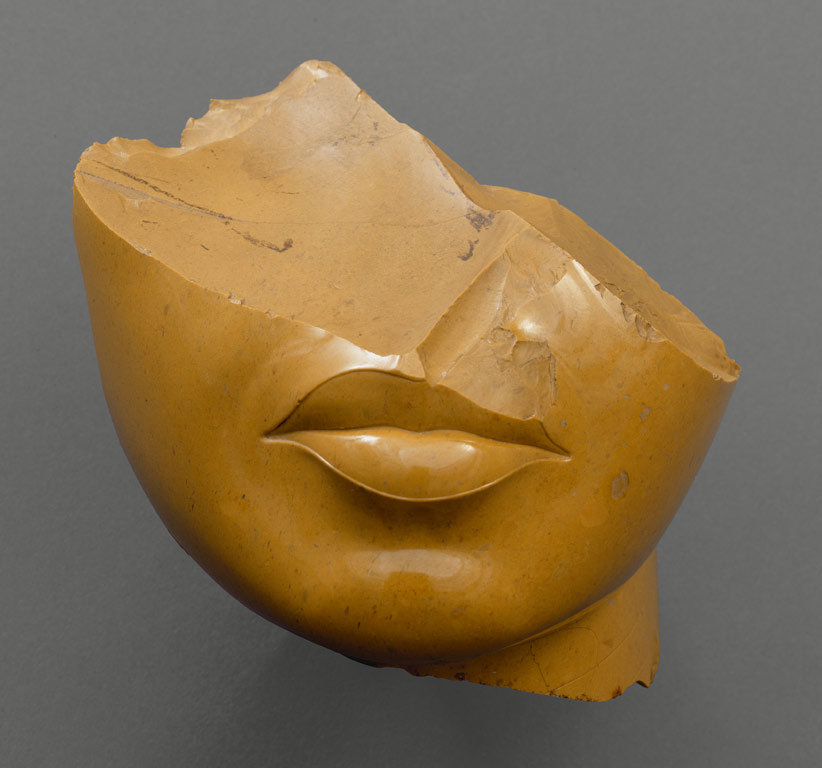Artdaily reported Polish and US officials are discussing the details of a possible repatriation case. A barrack that once stood in Auschwitz-Birkenau has been on loan to the Holocaust Memorial Museum in Washington DC for almost 20 years now. The barrack was used as shelter for prisoners awaiting to be executed during WW2 and is charged with significance to many groups.
According to the Polish officials the loan contract explicitly establish 20 years as a deadline for the 'artefact' to return to Poland. But the Holocaust Museum argues it is in no condition to travel.
Artdaily clarifies that:
These discussions are obviously immensely sensitive but not much information on the reasoning of either side has been give.
See more here
According to the Polish officials the loan contract explicitly establish 20 years as a deadline for the 'artefact' to return to Poland. But the Holocaust Museum argues it is in no condition to travel.
Artdaily clarifies that:
"The issue has arisen because of a Polish law aimed at safeguarding a cultural heritage ravaged by past wars, particularly World War II. Under the law, passed in 2003, any historic object on loan abroad must return to Poland every five years for inspection. While Poland appears open to renewing the loan, it says the barracks must return — at least temporarily."Also, according to Polish officials, numerous works of art and artefacts were removed from Poland during or after WW2.
These discussions are obviously immensely sensitive but not much information on the reasoning of either side has been give.
See more here
++Featherwork.jpg)




